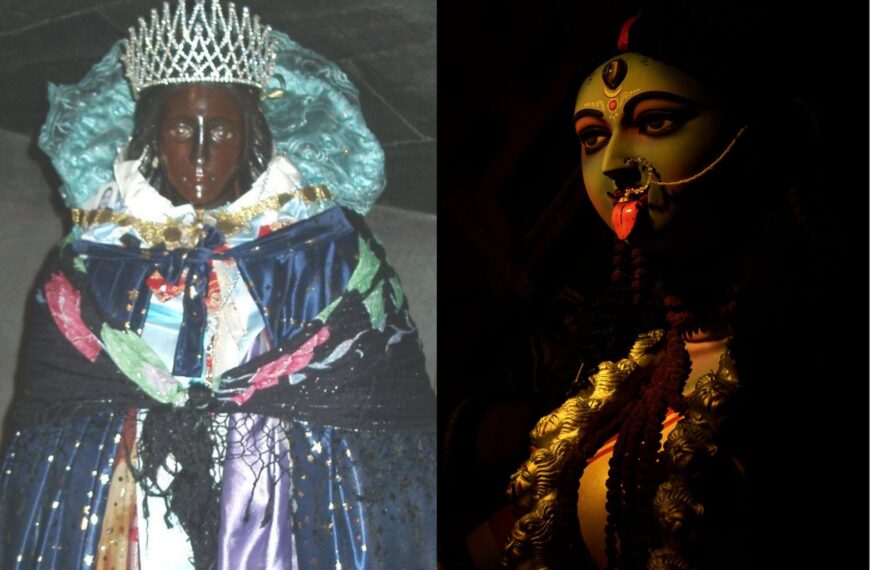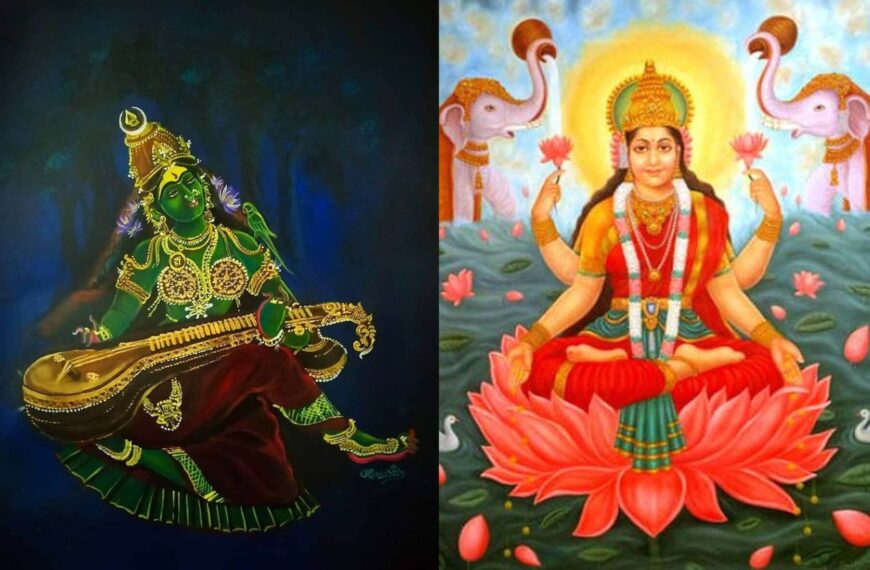Nilanjana recounts the tale of Pralambha Asura and Balarama, from the Bhagavatam, in the weekly column, exclusively for Different Truths.
“Another of Kamsa’s cronies?” Parikshit asked. “Will they never give up?”
Sukha answered, “Not so easily. Kamsa’s henchmen were all dedicated and committed to the cause. It looks like they were all brainwashed into believing that killing a little boy is their way to prove their loyalty to their king. Like all other myrmidons of Kamsa, Pralambha arrived in Vrindavan with the sole intention to kill Krishna. As soon as the asura (demon) entered the vicinity, Krishna understood that danger was lurking around the corner. However, he kept quiet. The asura was misled and he took the form of another cowherd to mingle with the simple boys.
This time around the boys played a game where the whole lot was divided into two groups and the winning team had to be carried by the losing team at the end of the game. Krishna led one group and Balarama led the other. Balarama’s team won the game and one of the boys from Krishna’s team decided to carry Balarama.
Now, this boy was asura Pralambha in disguise. He decided to quickly go some distance and kill the victim whom he was carrying. After he gone a little further, he suddenly assumed his enormous form to complete the task that was assigned to him.
 For a while, Balarama was taken aback. As the monstrous asura dashed towards him, Balarama gathered himself, rolled his fist and planted a strong punch on the demon’s face. That was enough for Pralambha. His head was crushed and he fell down with a heavy thud. The simple cowherds ran towards him and embraced him. When they went back home, they kept on talking about Balarama’s strength.”
For a while, Balarama was taken aback. As the monstrous asura dashed towards him, Balarama gathered himself, rolled his fist and planted a strong punch on the demon’s face. That was enough for Pralambha. His head was crushed and he fell down with a heavy thud. The simple cowherds ran towards him and embraced him. When they went back home, they kept on talking about Balarama’s strength.”
“Isn’t it strange that the divine who is so difficult to attain even by ascetics was so freely available for these simple cowherds?” Parikshit sighed.
Sukha thought for a while and responded, “Ego is one of the biggest deterrents to getting close to divinity. Ego divides, and that prevents one from being in union with cosmic consciousness. These simple cowherds did not have much ego. They were simple and trusting. Moreover, their love for Krishna was unconditional. They enjoyed all his pranks, accepted him with all their heart and left aside their ego for him. In short, they were so committed to him that their sole focus was Krishna and only Krishna. They would keep on discussing him all the time. The divine would definitely love to be one with such committed souls…”
[To be continued]
Footnote: Srimad Bhagavatam is often called the Bhagavad Purana. Authored by Ved Vyasa, the stories are about the various avatars (incarnations) of Lord Vishnu, also known as Narayana.
©Nilanjana Dey
Photos from the Internet
#Krishna #SrimadBhagavatam #VedVyasa #Balarama #LoveOfKrishna #Demons #MythAndMythology #Differenttruths



 By
By


 By
By